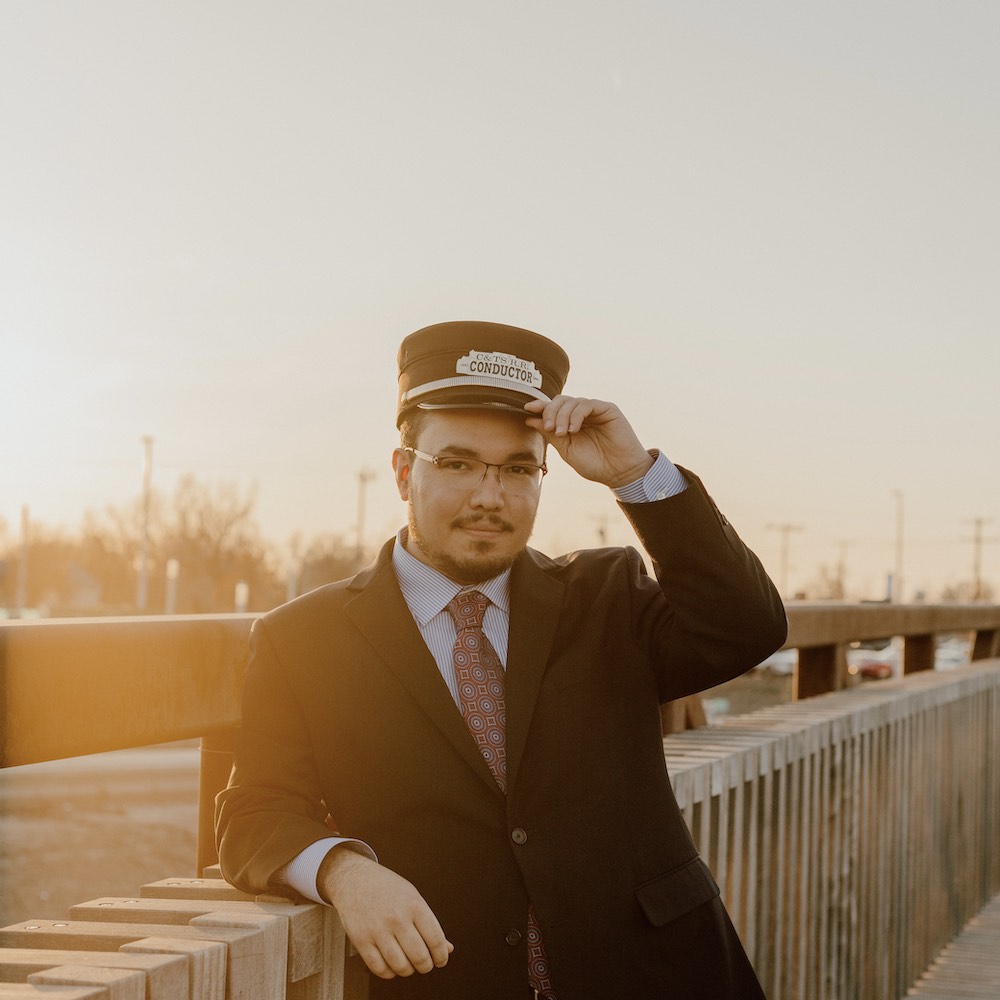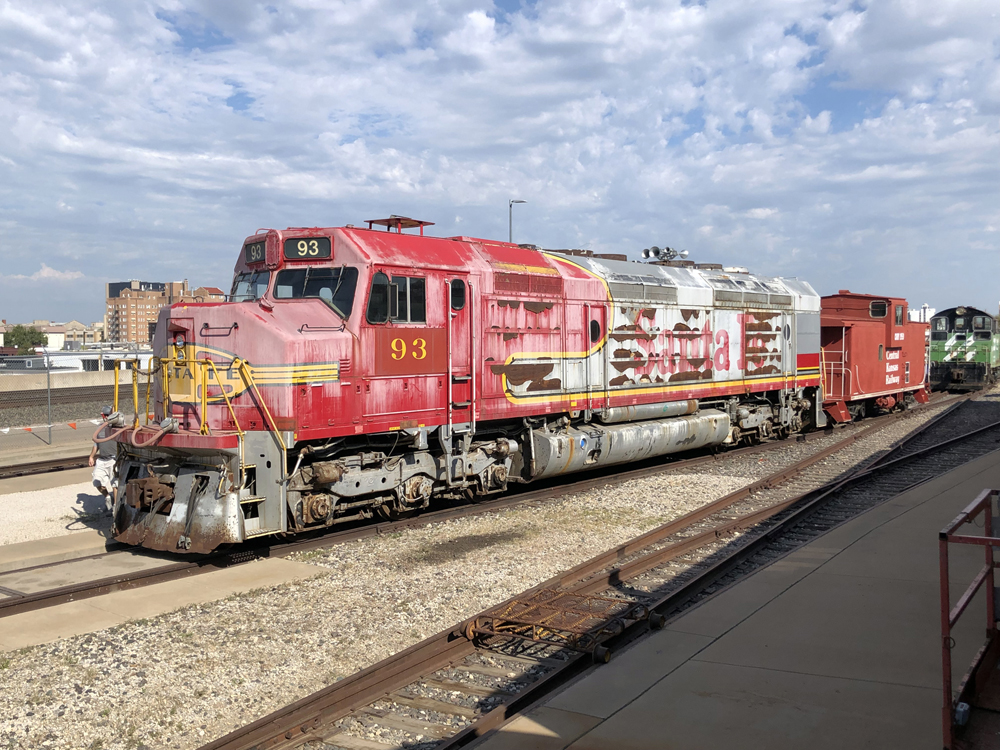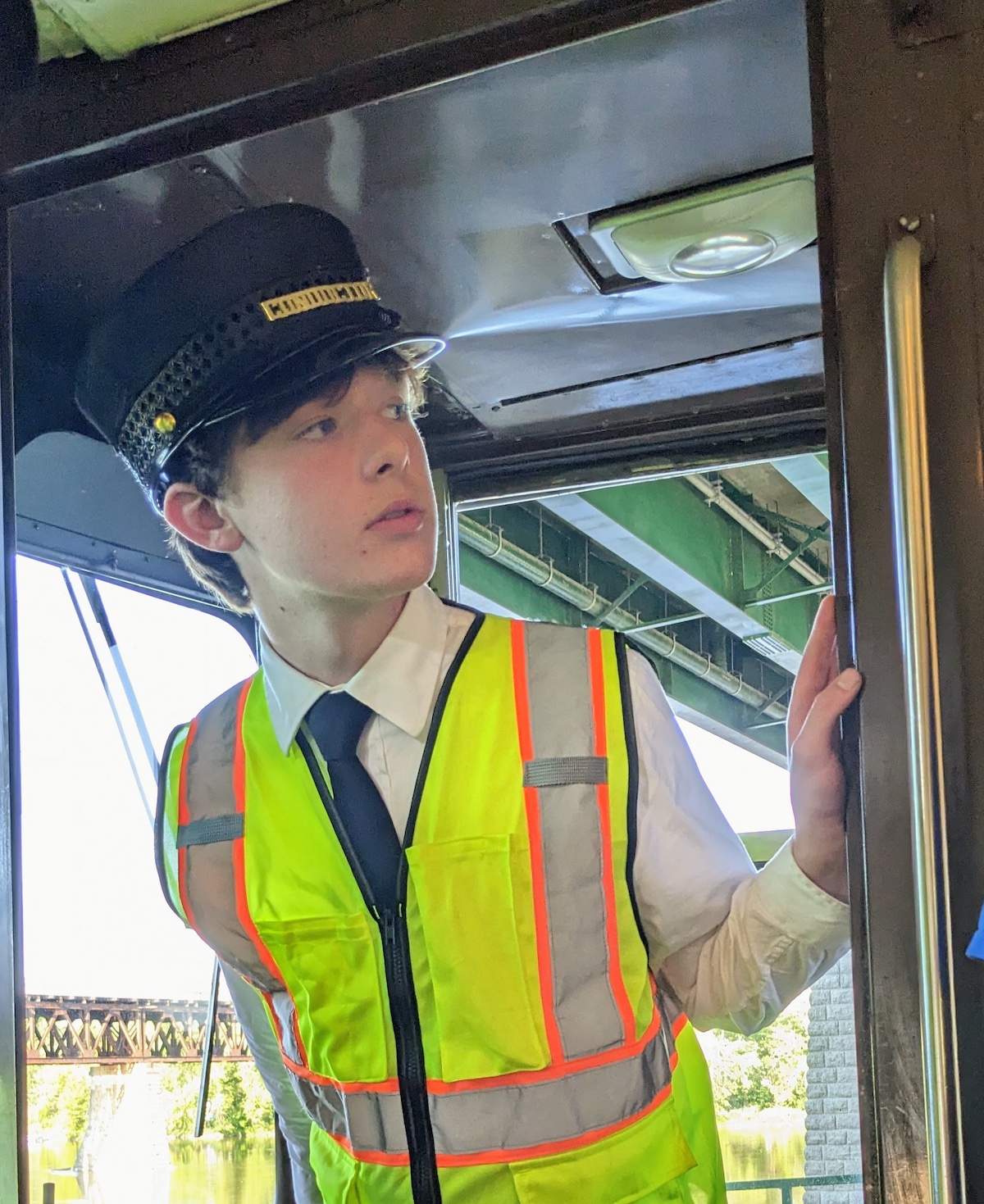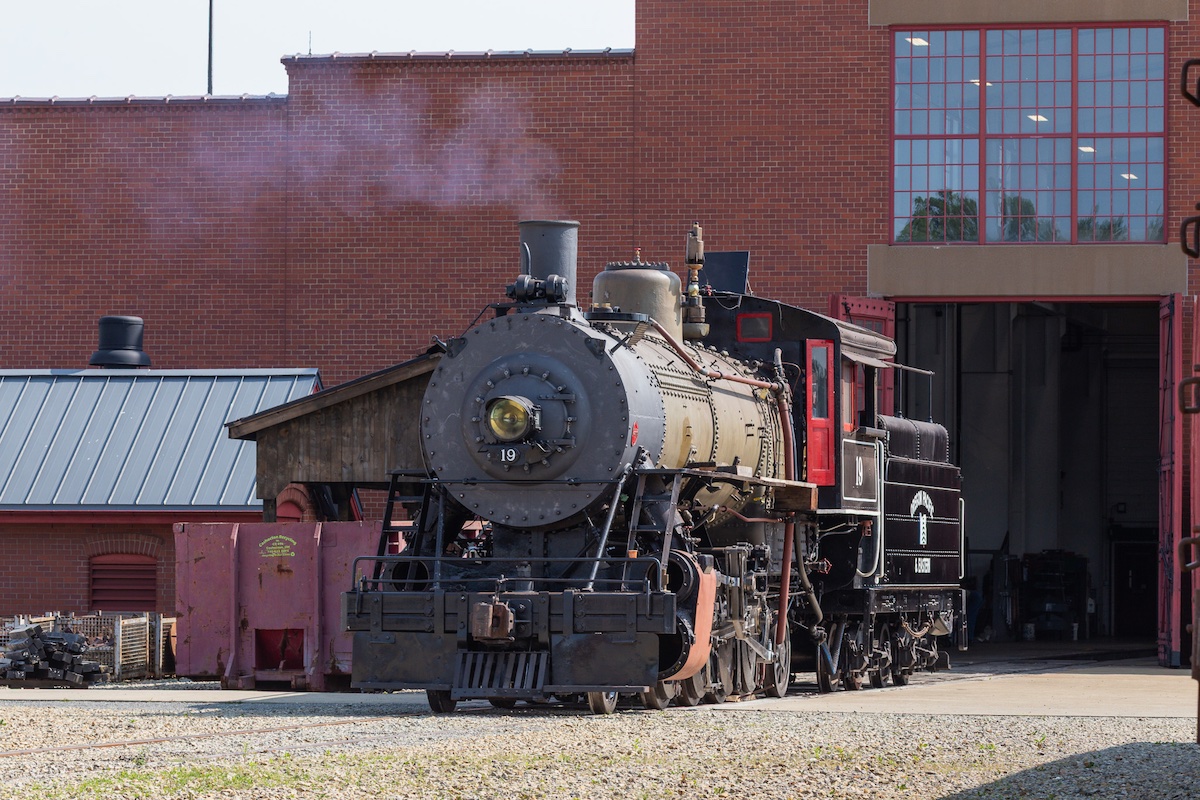
As a teacher in Oklahoma, the sharing and showcasing of history is nonstop for 25-year-old David Weston. This includes serving as a seasonal conductor for the Cumbres & Toltec Scenic Railroad during the summer break, while also documenting the life and times along the narrow gauge line through Instagram with approximately 45,000 followers digitally going along for the ride.
How did you get involved in rail preservation?
David Weston: The best way I can answer is my father, Charles Weston. There is a picture of me from when I was a very young kid with my dad reading to me from Trains Magazine. So from a young age, my dad talked me into trains and really fostered it. He always says that he gave me many choices about what I could like, and I chose trains. My dad, of course, grew up liking trains as my granddad did, and so did my great granddad who worked for the Texas & Pacific Railway as a telegraph operator.
We started riding the Cumbres & Toltec almost every summer from when I was four and got to know the staff really well, including now-retired conductor Ray Martinez. He and I bonded out here, and in 2019, I got hired on and he trained me up as a brakeman. I was promoted to conductor in 2020 and now here we are.
As far as Instagram goes, I just post what I like. I’ve always had an eye for making neat videos and editing. I also have a YouTube channel which took off in December 2023 from a video of our rotary snow plow that we ran in 2020. It seemingly grew out of nowhere and suddenly I was getting millions of views. Then, people began following my Instagram page for my train videos, and I keep posting them. It’s just wild and I never expected something like that to happen.
As a young preservationist, what have you found to be the most challenging aspects in the industry?
David Weston: I would say for me personally, the biggest challenge is the fact that I also teach in Oklahoma. I’m lucky that this railroad runs in the summer and I’m able to do that as a summer job in conjunction with teaching. However, for this summer, my wife is not with me because she’s still in college. That’s been my biggest, personal challenge in 2024 is not being able to bring her with me while also having to move out here every summer and then going back to my other job.
The biggest challenge I’ve seen as a young person in the industry in itself is getting other young people into rail preservation and staying in it. Having been to many countries in Europe while seeing how they do rail preservation, I would say there’s a different attitude than there is here. People there do it as a solid job, that’s the main thing they do. Here, people typically do it on the side. If I’m being honest, it’s a public perception about what it means to be a railroader, especially over here in the states.
What’s been the most rewarding for you so far?
David Weston: As a teacher, I think the greatest reward is talking to people about the railroad and sharing this piece of history I get to work with every day. It’s people who come from places like Florida, Oklahoma, Tennessee, or California who have never been on a train before. Especially kids whose eyes light up.
There was this child on the train recently who couldn’t have been more than 4 or 5 years old. As soon as she got on the train, she was overly joyful, excited, and loving every minute of it. She’s gonna be a railfan one day. And it makes you hopeful for the future of rail preservation.
Where do you see rail preservation as it is today and what do you hope it’ll become for the future?
David Weston: Honestly, right now, it’s been incredible. When I was growing up, you didn’t hear about huge projects going on all the time. Now you have the likes of the Big Boy’s return, the people in the Silvis shop working on the Challenger and that other massive Union Pacific engine, and the people in Pennsylvania making a locomotive from scratch which is insane. Here at Cumbres & Toltec, we’re going to be bringing a K-37 back to life, which I thought I’d never get to see run again, while now converting a second steam locomotive to ensure the future of our operations. You’ve just seen an explosion and interest in preservation with money coming in that I think these projects never really had before, and it’s encouraging.
I think for the second part of the question, part of me is still worried about the future if I’m being honest. Because I see young people in it, but not enough. I know there are plenty as enthusiasts, yet not from people outside the interest who can be in the pipeline. But with the help of Instagram and other social media platforms, I’m incredibly hopeful for where it can go to change that.
What advice would you give for any young person looking to get involved in the industry?
David Weston: It’s the same advice I would give to anybody who would love to work at C&T, “Go for it, and just do it.”
Go apply to get your foot in the door for any railroad museum near you. I would also ask those who seem keen on working here or anywhere else: “Are you okay to be getting your hands dirty? Are you okay with working a lot and doing hard work?”
If you like hard work, go for it. If you’re ready to work hard and see the results of what you do and leave a legacy for what you do, just do it.
Interested in visiting the Cumbres & Toltec? Here’s the inside scoop from the experts at Trains Magazine.














I should have omitted my penultimate sentence: I see Mr. Weston is indeed (a young) married man.
A fine feature story.
Mr. Weston follows the example of E. M. Frimbo, who was a senior editor and writer for The New Yorker most of the year, and then used some of his summers to be a dining car waiter on long distance western trains.
Only a single man can live that kind of life. Enjoy it while you can, Mr. Weston.